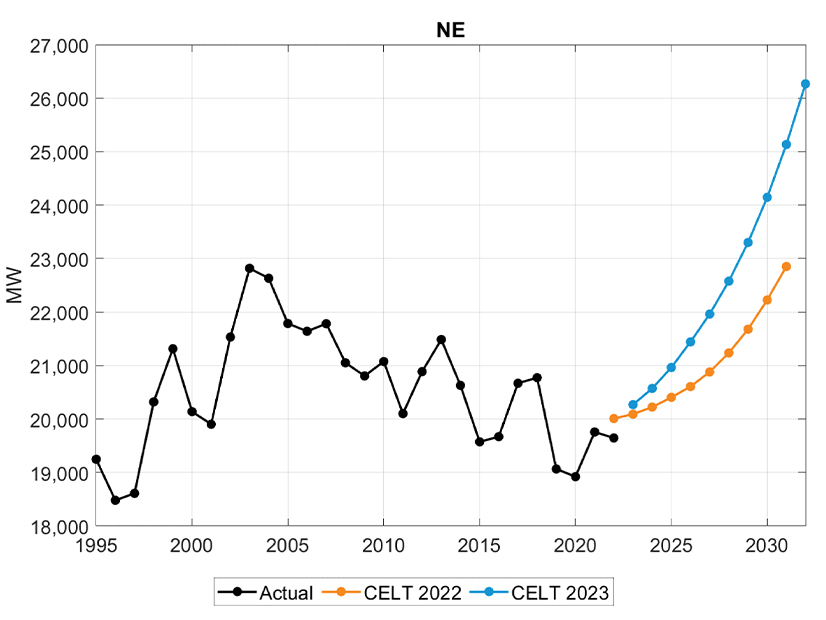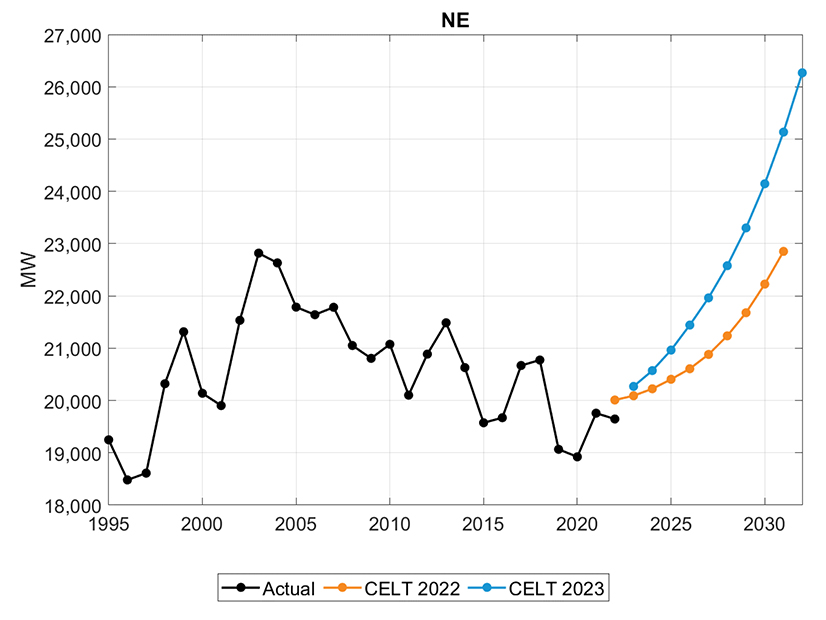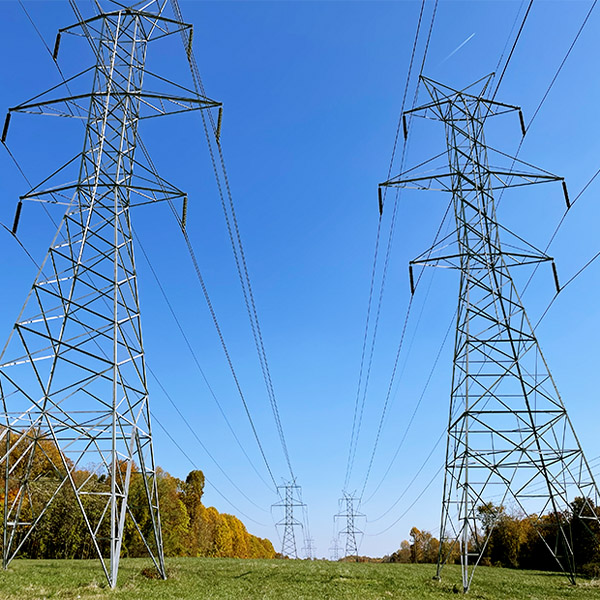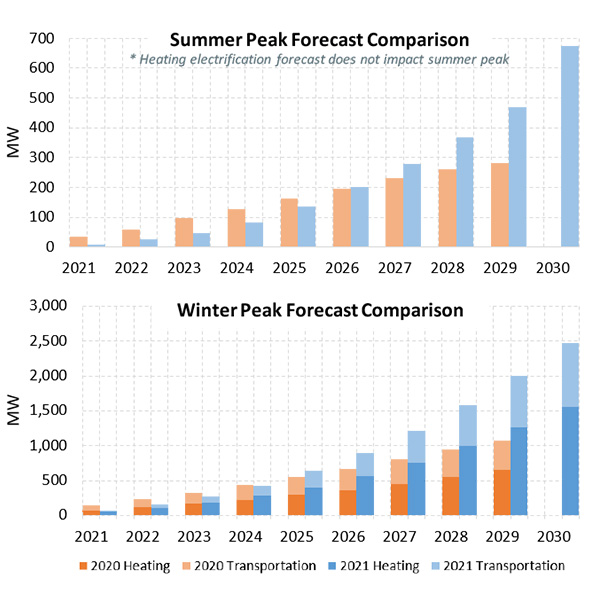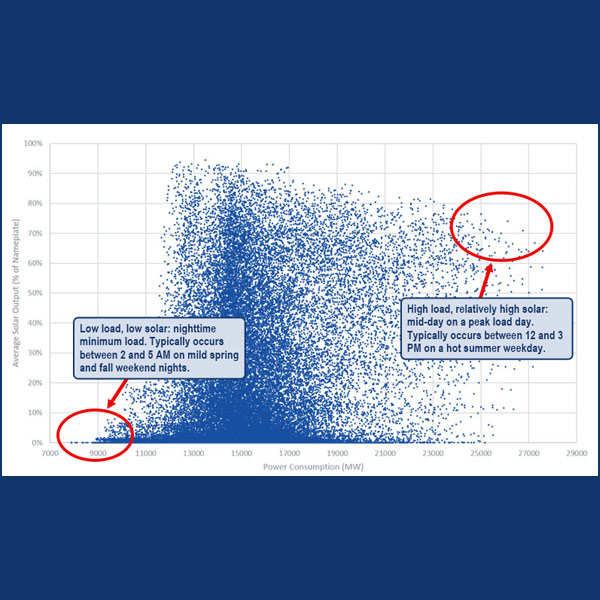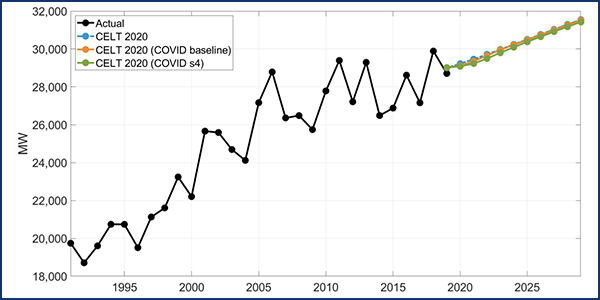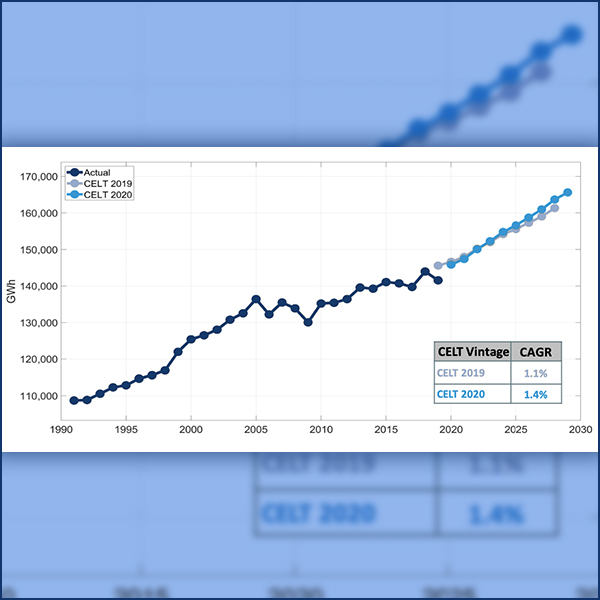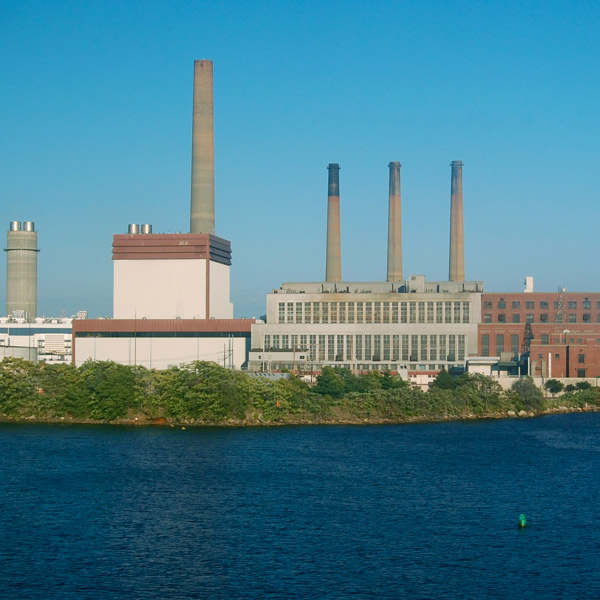Capacity, Energy, Loads and Transmission (CELT) report
ISO-NE increases 10-year summer and winter peak load predictions, with big gains coming from electrified heating and transportation.
ISO-NE’s revised load forecast sees slower growth in the next few years because of economic turbulence, followed by accelerating growth from electrification.
ISO-NE presented to the PAC its scope of work and modeling assumptions for its 2050 Transmission Study.
NESCOE presented a concept that would integrate routine transmission planning process with consideration of public policy-driven options.
ISO-NE's Planning Advisory Committee reviewed the 2021 CELT forecast, noting the progress the region has made in electrifying transportation and heating.
ISO-NE presented the PAC with potential study conditions to identify transmission needs under increased penetration of distributed, renewable and storage resources.
Economy-wide carbon dioxide emissions in New England fell by 28 to 34% between March and June versus a year earlier.
ISO-NE analysis suggests that summer demand from June 1 to July 11 was consistent with the 2020 CELT forecast despite the impact of the COVID-19 pandemic.
ISO-NE energy demand has fallen 3 to 5% since stay-at-home orders began being implemented across New England, the NEPOOL Reliability Committee heard.
ISO-NE identified a 160-MVAR reactor at National Grid’s Golden Hills 345-kV substation as a key part of its solution to Boston’s 2028 needs.
Want more? Advanced Search
